As Fashion Revolution gets bigger each year, so do the high profile events. This year’s Fashion Question Time event on 24 April had a panel discussion about the future of fashion. I was lucky enough to score a ticket to go to the event at the Victoria and Albert Museum (what a fantastic location for such an event!) to hear it. The panel discussed questions submitted in advance by attendees and it was chaired by Baroness Lola Young of Hornsey, known for her work on modern slavery. These were the speakers:
- Mary Creagh, MP and Chair of the Environment Audit Committee
- Laura Balmond, Project Manager for Make Fashion Circular, Ellen MacArthur Foundation
- Mark Sumner, Lecturer in Sustainability, Fashion & Retail, University of Leeds
- Hendrik Alpen, Sustainability Engagement Manager, H&M Group
Before I dig into the discussion, a brief mention of diversity. Having been to a few sustainable fashion events in London in the past year, I do notice the crowd is a bit of a bubble with a lot of familiar faces to say hi to. Whilst this is no bad thing given a lot of people work extremely hard within the fashion industry to effect change, I do wonder when (or if) these events will start to see more diverse attendance? The demographic is 95% women, all quite well dressed, mostly white. Age wise there are many in my age group. The next biggest group seemed to be those in their 20’s (students maybe?) and there was a scattering of people from my mother’s generation. Whilst it didn’t feel like an exclusive event, the narrow demographic was noticeable (my views on sustainability and inclusion can be found on the Sewcialists blog here)
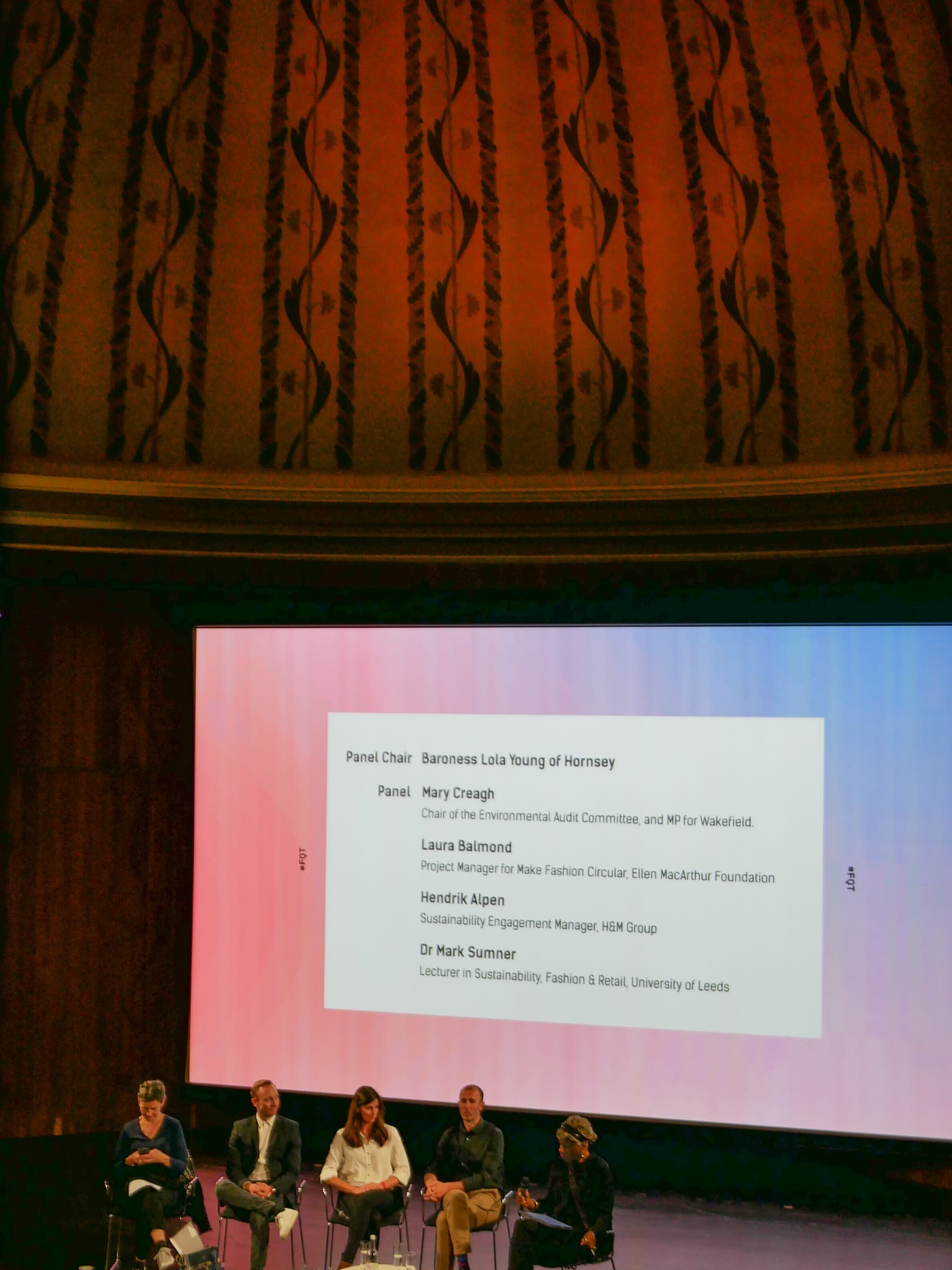
Back to the talk, here are 3 key messages I got out of the session:
1. We know and acknowledge our overconsumption problem … and that it will continue
Fashion is here to stay as long as there is demand. What H&M want to do is to figure out how to still serve the desire that consumers have to buy stuff, but do it better than now. For example, could waste be seen as an unexplored business opportunity that just needs a business model around it? Hendrik Alpen from H&M also highlighted some of the different programs that H&M have implemented in their bid to do things better. For example the textile recycling scheme in stores (which ironically encourages you to buy more by giving you a discount voucher). And H&M’s newly launched product transparency tool where you should be able to see which factory made your garment.
For me, the elephant in the room remains that we measure economic growth via consumption. I wrote about buying culture awhile back and I don’t feel we’ve moved on much. At the session, I kind of felt that the panel was accepting that we had to keep working within the current economic system. And instead of reinventing (which is a ginormous mammoth task), the workaround is to look at circular economy type initiatives. In fashion, this might be putting back clothing waste into the system and turning it into new clothes. There was a mention of people buying better quality and less, but the overarching vibe was that people would still want to buy so we need to find ways of dealing with that.
(Just by the way, overconsumption doesn’t just apply to fashion, it is everywhere. Flying, for example, is one such area which is bad for the environment and can be addressed on a personal level. But for those of us privileged enough to take advantage of cheap air travel, realistically how much are you going to limit your air travel? Climate change activist schoolgirl Greta Thunberg made a point of coming to London from Sweden via train and it took 2 days, but I’m not sure the rest of us are that dedicated).
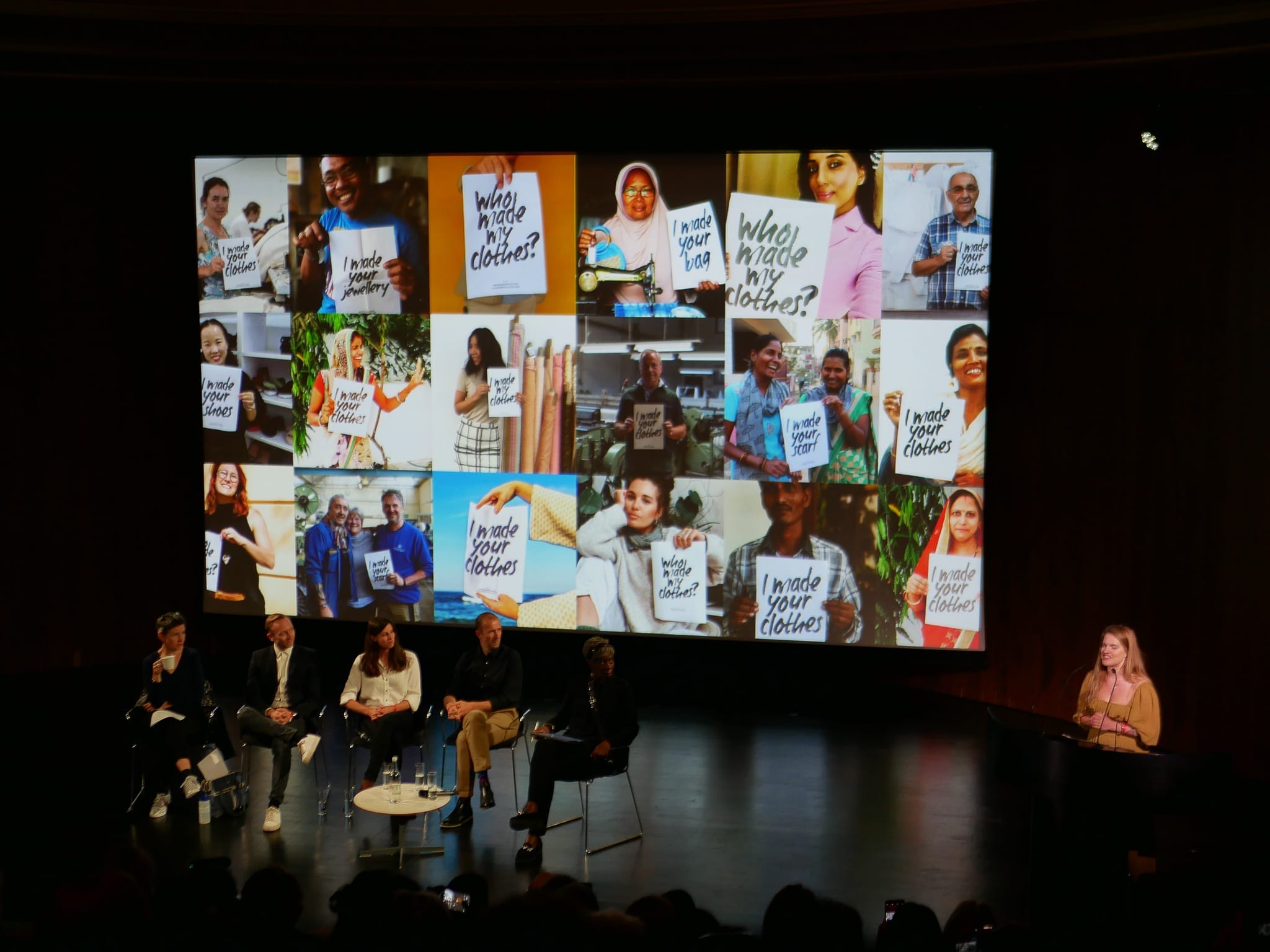
2. There must be a multi-pronged approach to tackling fashion
Mary Creagh acknowledged that fashion is too cheap, and the true cost of production (i.e. the value of materials, labour, carbon emission, water etc.) is externalised to developing countries. It was great to hear this being acknowledged and it reminded me of a recent interview with Kathryn Hamnett where she thought that we should only allow imports that were made to the same standards as there would be in the UK. As you’d expect this would push up the price of fashion. I think Kathryn is right that this wouldn’t happen without some kind of legislation, but I’m not convinced there is political will for that anyway. Mary mentioned the proposed penny tax on each garment to be paid by producers but I wonder whether that might even be a bit too much to stomach.
The idea from Laura Balmond from the Ellen Macarthur Foundation that change and innovation in fashion would likely be business led (rather than regulatory led) was an interesting one. Her theory is that organisations needed to unite behind a common purpose and work together to innovate. I’m not sure I agree with this unless there starts to be a trend for business to start declaring climate emergencies. It has been pretty clear that voluntarily looking at sustainability hasn’t been effective enough. Also thinking about the logistics of this – how do you define a common purpose (who is going to lead?) Who is accountable for funding research and development? I know that some of the big brands have charitable foundations attached to them, and there is also academic research and government funding. But will having no (or very little) government incentivisation really lead to significant change that brings all fashion brands on board?
The panel agreed that regulation would help to level the playing field, particularly when there are many high street fast fashion brands who appear to be ignoring climate change altogether. Mark Sumner pointed out that some fast fashion factories demonstrate best practice in their operations, with some places generating only around 1% in waste material. But there are also factories producing for luxury brands who are quite the opposite, showing yet again that pricing is not reflective of cost.
Finally, there was a question about whether synthetic fibres should be banned. According to Mark Sumner, scientific evidence shows that from a life cycle perspective, polyester is much more sustainable than poorly grown cotton. He also emphasised that when it comes to dyes, natural isn’t always best (arsenic in green dye anyone?) just because it might have been around for hundreds of years. I hope to catch up with Mark at some point to talk more about fibres and to share it with you.
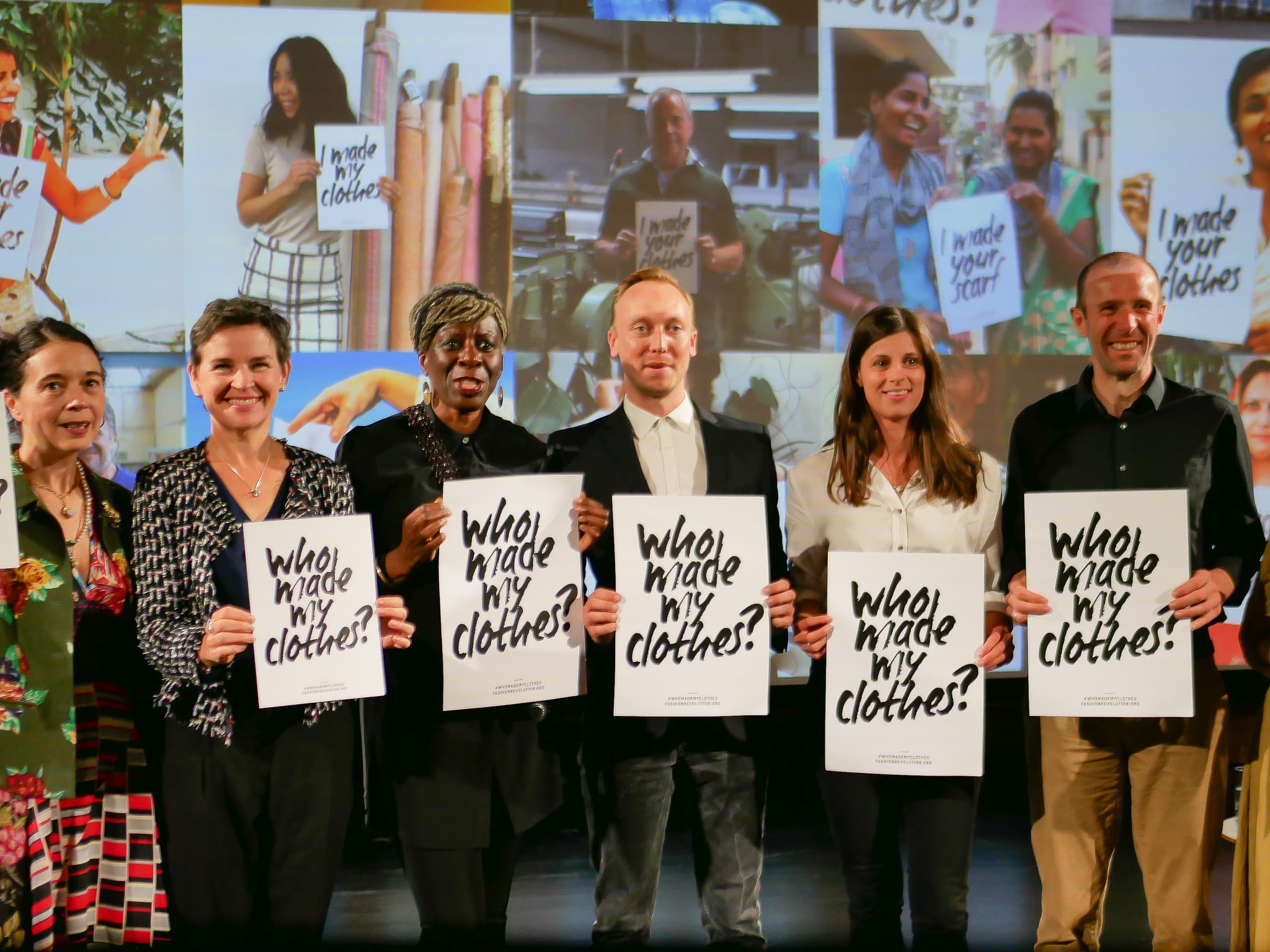
L-R: Orsola De Castro (Creative Director, Fashion Revolution), Mary Creagh, Baroness Lola Young, Hendrik Alpen, Laura Balmond, Mark Sumner
3. Consumers need to come for the sustainability ride
All the panel members mentioned social justice and were at pains to emphasise that fashion should be accessible to everyone. Fashion must be fashionable and still be able to do all those good things for the individual. Self-esteem, identity, and self-expression etc. If it can’t, then will fashion even exist … or will we just have clothes?
The concern for H&M, and I’m guessing for all brands, is that if you can’t satisfy that consumer demand for new cool things then consumers go elsewhere. This is a rock and a hard place and goes back to the point about consumption and the desire to buy. Not to mention the juxtaposition that is the marketing of sustainable fashion.
But as long as sustainability remains a thing that consumers have to “look for” in clothing, and still continue to desire new and novel items, sustainability as a normalised mainstream thing will continue to be a challenge.
—
There was lots more discussion in the 1.5hours that I’m not covering in this whistle-stop tour but we’ll be here all day if I keep writing! I’m not sure if there was an official recording; if I can find one I will certainly share the link.
It was a good discussion but there wasn’t anything earth-shattering I haven’t heard before. Or maybe I’m just feeling the frustration of things moving at snail speed, and not only in fashion. When I read the news of the climate protests in London last week I know I’m not alone. Whatever you think of the actions of the protestors, public pressure worked to a point. They got the attention of the government and are meeting the Environment Secretary next week as well as the London mayor. Even if Greta Thunberg rightfully points out that the rising emissions curve is the only thing that really matters (it’s not about the beautiful words and promises), my 13+ years in finance tells me that there’s no such thing as wholesale change overnight unless there’s a trigger. If the increase in incidents of wild weather causing devastation to humans isn’t enough of a trigger, I don’t know what will be.
But let me go back to fashion and leave you with the 4Ps that Baroness Young referenced at the start and the end of the session. Quoting lawyer-turned-fashion designer Paul Van Zyl about what we need to do to fix fashion, she said we need to: Protest, Protect, Prohibit, Propose. Mark Sumner added a fifth one which I think is by far the most important: Participate.
Easy, right?
—
PIN FOR LATER:
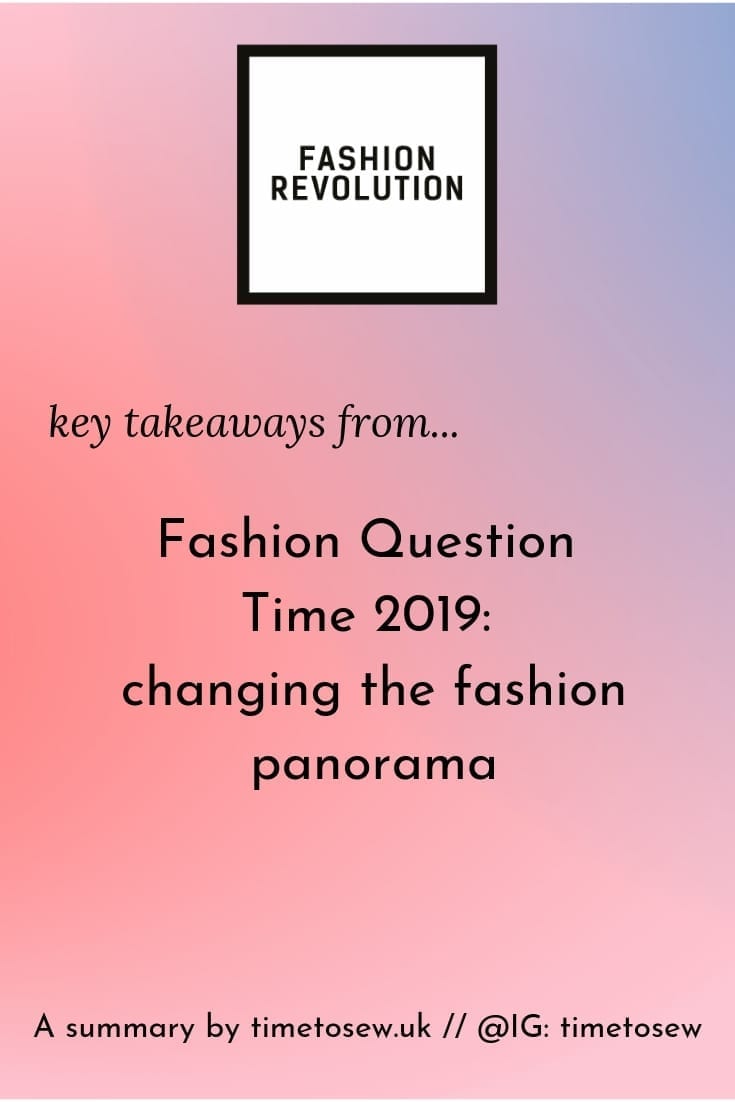

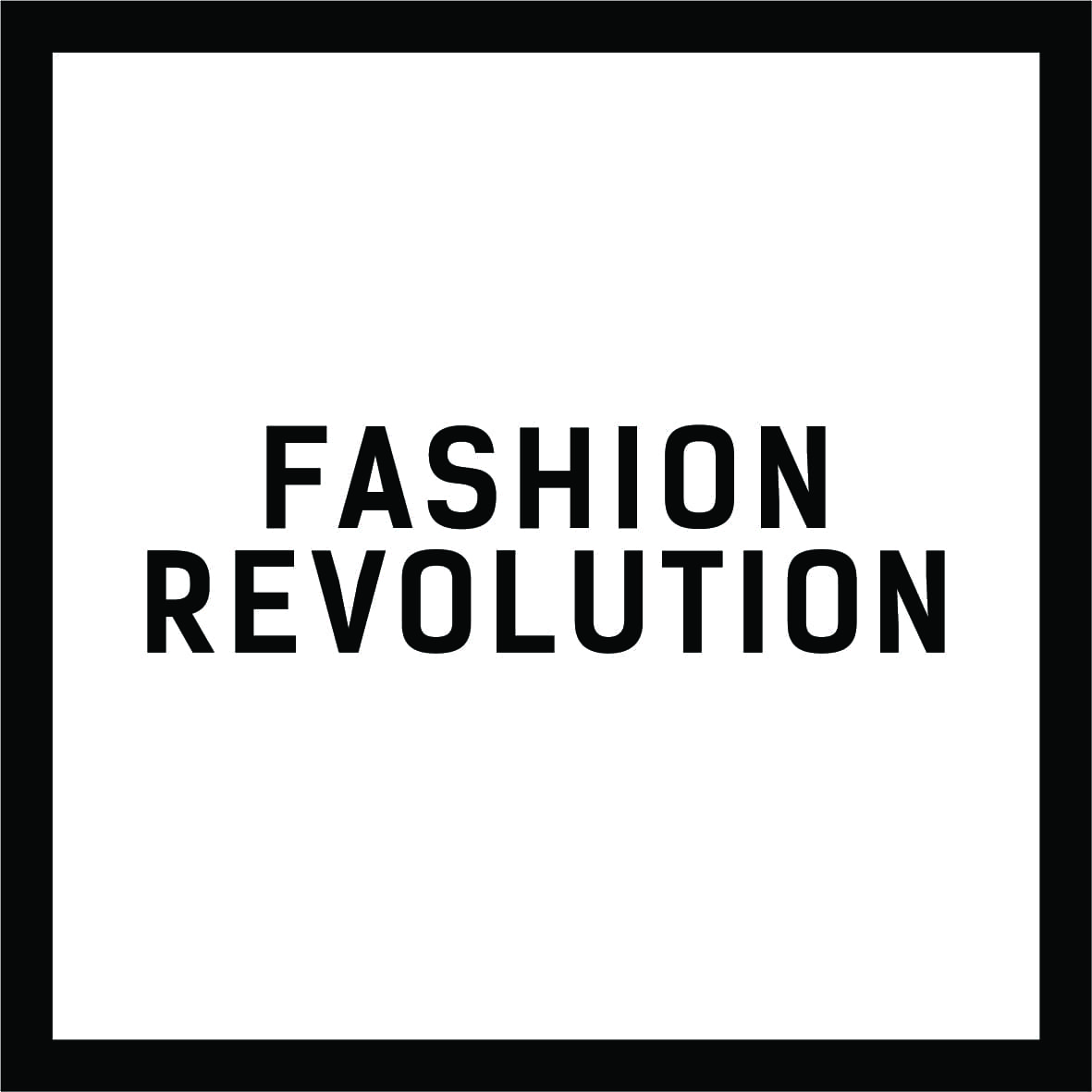
8 comments
Thank you Kate, for your summary of the conference. I would really enjoy it if you were able to have a follow up conversation with Mark Sumner. It seems he had some interesting points. Also you made some interesting observations about the demographics of the attendees. I am disappointed to know there was only a “smattering” of attendees your mothers age. That would possibly be my age. It is a shame there is not more sensitivity and awareness across all generations.
Hi Diane, thanks for reading. As you can tell I was also a bit disappointed by the demographics though not surprised. Hopefully as the climate discussion becomes harder and harder to ignore then people will be more interested in the fashion angle as well!
So good to have a summary of the event! Thank you. Progress in sustainability is definitely slow on the larger scale. Not all businesses want to take a slight cut in profits. And too many consumers just want to….well, consume, without thinking of the flow on effect. Legislation would be effective, but I feel like it’s not gonna sell votes in the current climate so it won’t be a major focus. I hope as awareness increases and more people voice out, more would be done at the higher level.
There is so much short term thinking in economics, and consumers won’t do anything differently unless they are pushed. This whole thing about not wanting to change. Its a hugely complex issue though but the climate conversation is getting harder to ignore. I hope that people might come to think about fashion in that context
Thanks for taking the time to write a summary of the conference. Love your blog.
You’re very welcome, and thank you for the feedback!